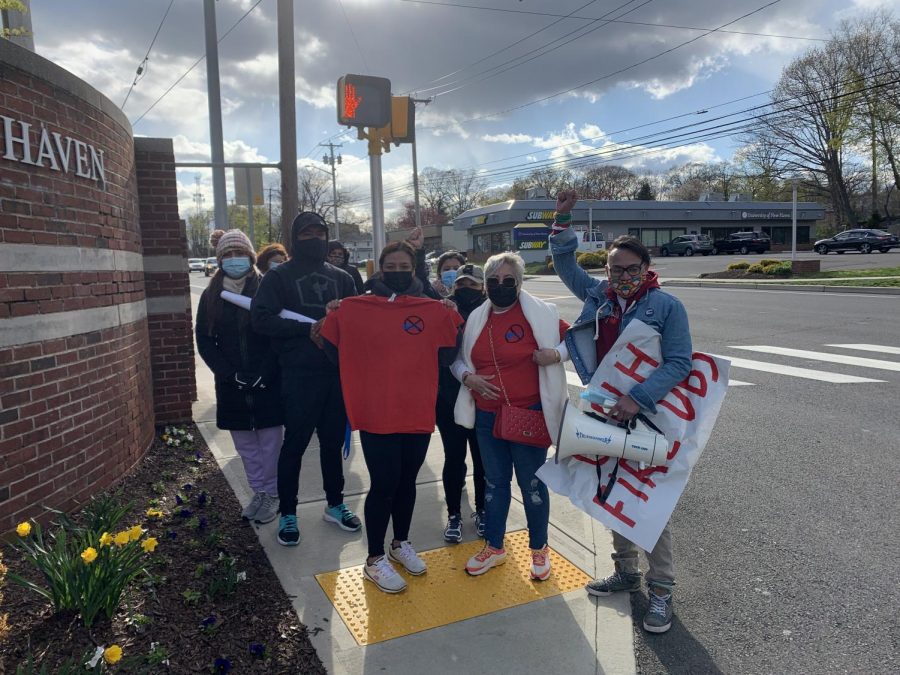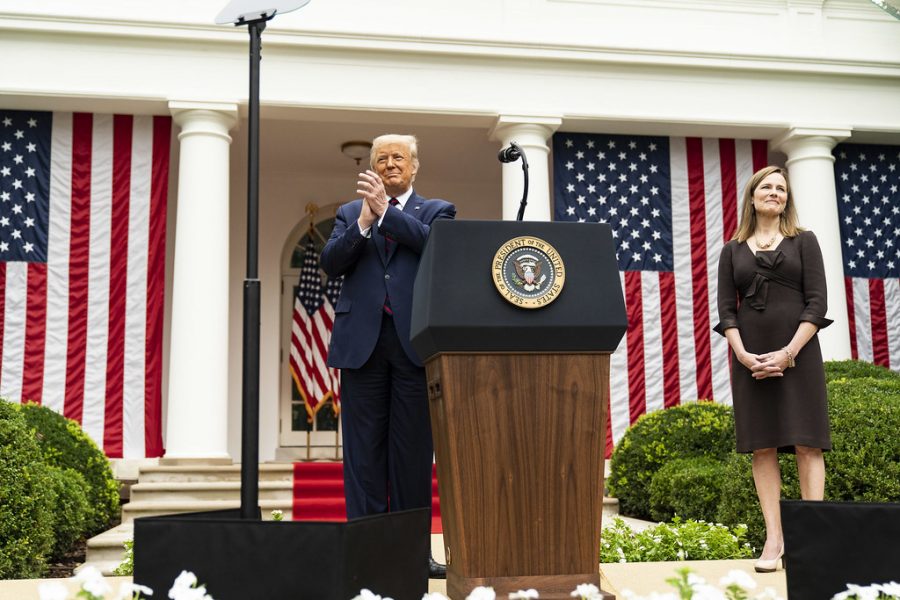Since the 2001 attacks on American soil, the country has been recovering and rebuilding. The United States has come together as a nation to support the nation, and have come to show greater respect for not only the soldiers that fight elsewhere, but also for the men and women who serve in the country as fire fighters and police officers. But what happens when properties are attacked on soil other than our own?
Since the attack on the World Trade Center buildings and the Pentagon in 2001, there have been a number of attacks on U.S. Embassy buildings in a number of other countries. The tally is currently at 53 attacks just since 2008. The attacks have varied from bombings to property destruction, to arson to armed assaults. The armed assaults accounted for the greatest number of attacks, 30, out of the total of 53.
These attacks have shown the variety of weaknesses in the systems of protecting the United States liaisons in other countries. Back in 1983, there was a large bombing of the Marine Headquarters in Beirut, Lebanon, which was the basis of the security standards seen today throughout the United States Embassies, especially in current zones of combat.
The three main measures taken are that embassies be set back at least 100 feet from all uncontrolled locations (including public roads), high walls are to be built around all embassies and are to be at least nine feet high, and the window to wall ratio can be no more than 15 percent. The embassies in combat zones have a much higher level of security, including walls reinforced with concrete, and some are even surrounded by sand bag barriers.
This level of protection, however, is sometimes not enough. The latest embassy attacks have proven this, including the most recent in Cairo, Egypt. A group of anti-American protestors decided to demonstrate the hatred they further developed for Americans in a recent YouTube video that was taken to be very anti-Islamic. The video bestows a very poor image upon the face of Islam, and so the protestors in Egypt retaliated.
A man by the name of Mohamed al Zawahiri, whose older brother happens to be the current leader of al Qaeda, is claiming responsibility for the actions that the protestors took against the Americans in the United States Embassy in Egypt. The protestors’ actions involve insulting the United States by scaling the walls and replacing the United States’ flag with the black flag of Jihad.
This is not the first time that an Islamic extremist group has attacked an embassy, and was not the last. The majority of the recent attacks can be traced to Islamic extremist groups. Although the number of attacks has decreased from 2008 to 2012, the number of injuries and casualties has gone up.
Shortly after the attack in Egypt, a military-like operation took place in Libya on the United States Consulate. The forces were able to pillage and set fire to the consulate. The United States ambassador to Libya was killed, along with three other Americans. Thirty others were injured, both Libyan and American.
Both the attacks are thought to have been plotted based on the 11th anniversary of the September 11, 2001, terrorist attacks in the United States. While the attacks come in different forms, most have occurred in places of turmoil and combat. The United States’ embassies are not attacked all that often, but the numbers in terms of casualties and violence have been increasing. This, however, does not alleviate the threat being posed to America’s ability to protect its citizens and conduct themselves effectively on the foreign front.
















